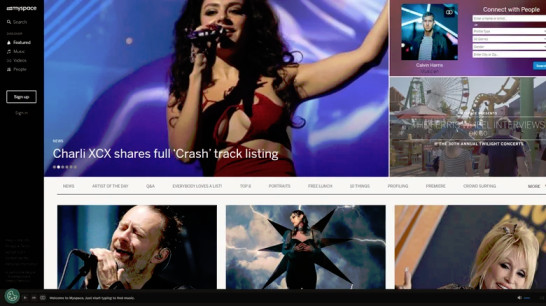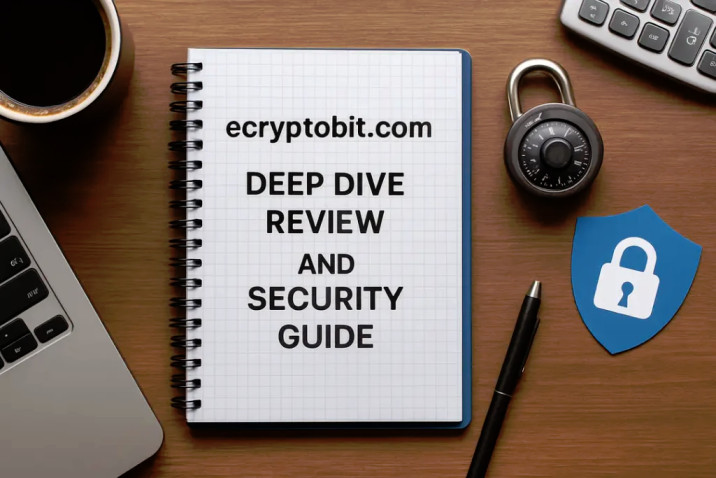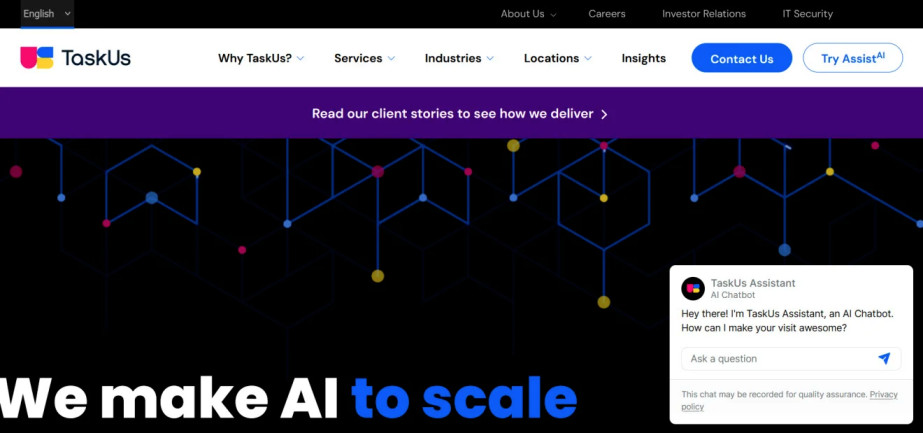Introduction:
At its peak in the mid-2000s, MySpace was the leading social network on the planet full of personalized profiles, musical discoveries, and teenage creativity. But, within just a few short years, it went dark. So, a common question today is: Is MySpace still around?
The straightforward answer is: Yes, but only just and not as a social platform as most remember. In 2025, MySpace survives as a niche music and entertainment hub. It retains legacy user-generated content in many cases, but its social networking features are long gone. This article explores how MySpace rose and fell, what remains today, who owns it now, and whether it holds any relevance for users in 2025.
The Rise and Fall: A Brief History of MySpace
MySpace’s Early Years (2003–2006):
- Founded in 2003, MySpace quickly attracted teenagers and creatives with customizable HTML profiles.
- By 2006, it became the most visited website in the world, even surpassing search engines in traffic.
- It revolutionized the way people connected online, ushering in the early era of social media.
Acquisition and Peak Popularity:
- In 2005, News Corporation acquired MySpace for $580 million.
- It became the go-to place for music, celebrity fan pages, and social networking before Facebook’s rise.
The Downward Spiral (2007–2011):
- Facebook’s cleaner interface and exclusive college orientation drew younger users away.
- MySpace became cluttered with ads, slow page loads, and frequent redesigns.
- Management missteps and shifting priorities led to steep declines in user engagement and traffic.
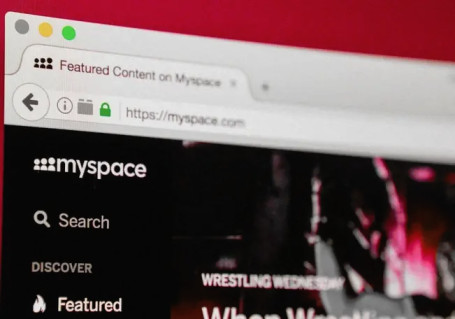
What Is MySpace Today?
Survival Beyond Social Networking
In 2025, MySpace still exists, but it has shifted entirely from social networking to an entertainment-centric site. It now serves as:
- A platform for music discovery, artist features, and cultural commentary.
- An archive for legacy profiles and content (though much was irrecoverably deleted in previous years).
- A nostalgic icon rather than a functioning social site.
Ownership and Focus:
- MySpace is currently owned by a company specializing in advertising technology and digital media.
- Its operations emphasize music promotion and legacy content curation rather than building user communities.
How MySpace Changed Over the Years?
Removal of Core Features:
- In the late 2010s, MySpace removed most interactive features like messaging and friend requests.
- The timeline view, customizable profiles, and dynamic content updates were phased out.
Loss of Data:
- In 2019, a server migration caused the irreversible loss of millions of users’ photos, posts, and messages.
- While archived text profiles still exist, most multimedia content uploaded before 2015 is permanently lost.
Present-Day Interface:
- MySpace now presents a simplified homepage with curated music stories, blog-style posts, and entertainment content.
- User accounts are largely dormant; registration is open only for artists or content creators in limited cases.
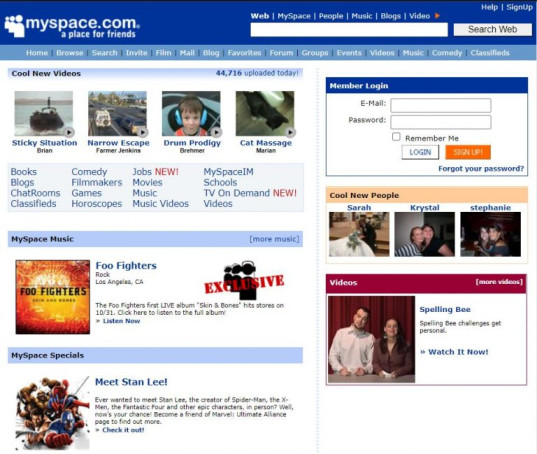
Why MySpace Still Exists
Value as a Nostalgia Archive:
- MySpace serves as a digital snapshot of early social media and pop culture.
- Old bands, influencers, and fandom profiles are still accessible in some form.
Music and Entertainment Legacy:
- A few artists once discovered on MySpace continue to release content through the platform.
- Editorial posts and feature stories maintain a minimal but focused presence.
SEO and Ad Traffic:
- Despite its diminished user base, MySpace still attracts traffic from nostalgic searches.
- The property continues generating revenue through display advertising and legacy traffic.
Who Owns MySpace Now?
MySpace is owned by a digital marketing and media firm focused on advertising platforms. It was previously part of a major media conglomerate, but ownership shifted years ago to a smaller company intent on maintaining its archive and entertainment domain. The site is maintained as a reference portal rather than a social service.
Pros and Cons
Pros
- Archival access to old profiles and bands
- Niche music and entertainment features
- Nostalgic appeal for users who grew up on the platform
Cons
- No active social networking functionality
- Most legacy content is lost or inaccessible
- Limited modern features or mobile support
- No user engagement tools like commenting, messaging, or sharing
Does MySpace Still Work? A 2025 Walkthrough
Visiting the Site:
- Go to the URL directly (no hidden redirects).
- The homepage loads editorial music and entertainment content.
- The login option and membership registration page are largely disabled or limited to special contributors.
Exploring Legacy Profiles:
- Some older profiles remain accessible, but most content prior to 2015 is either erased or archived in minimal form.
- Personalized backgrounds, blog posts, and music playlists from the golden era are nearly impossible to retrieve.
Content Navigation:
- Tabs for music features, nostalgic articles, and archived content remain.
- These serve more like a static website than a dynamic platform.
MySpace vs Modern Platforms
| Feature | MySpace (2025) | Facebook / Instagram | SoundCloud / Spotify |
|---|---|---|---|
| Social Interaction | None | Active social features | Commenting and sharing functionality |
| Music Focus | Select, editorial content | Personal music sharing | Core music platform |
| Legacy Content | Partial archives | Not supported | Not supported |
| User Activity | Minimal | Billions active users | Tens of millions active users |
| Privacy and Ownership | Basic legacy policy | Modern compliance | Modern complianc |
FAQs:
Is MySpace still active?
Yes, it remains live in 2025, but only as a music and entertainment archive, not a social networking site.
Can I log into my old profile?
Possibly, if the account remains, but password recovery is unreliable and many legacy accounts were deactivated or lost.
Can I still message or make friends on MySpace?
No. Messaging, comments, and friend lists have been removed since the early 2010s.
Who owns MySpace?
It is managed by a digital media firm focused on legacy brand management and content monetization.
Why did MySpace fail?
Reasons include competition from Facebook, poor technical performance, user mismanagement, over-commercialization, and platform instability.
Final Thoughts:
MySpace is undeniably one of the internet’s early social media pioneers. Although it survives in a limited form in 2025, its days as a vibrant, interactive network are long gone. Today, the platform serves as a historical archive and music-focused web property not a true social hub.
If you’re feeling nostalgic, you can still visit MySpace to view select profiles and music features. But for authentic social networking, modern streaming, or community-driven platforms, better alternatives exist. In summary: Yes, MySpace is still around—but only as a shadow of its former self. It remains a cultural artifact rather than a relevant communication tool.
